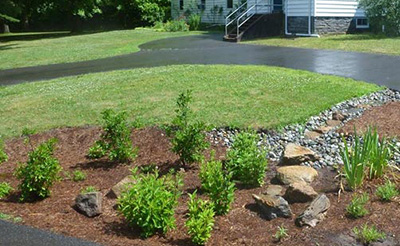Green Stormwater Infrastructure (GSI) and Low Impact Development (LID)
Green Stormwater Infrastructure and Low Impact Development are interchangeable terms, both referring to the use of natural methods to absorb rainfall and runoff. This use of "pervious" or "permeable" designs soak up the water, acting as a natural filter to prevent any pollutants from being picked up on impervious cover and discharged to local waterways. GSI can be incorporated into the landscape by anyone! There are a variety of green stormwater treatment approaches which can be implemented at several scales. Below are some examples of GSI that homeowners can use to disconnect impervious cover on their properties:
A rain garden or bioretention area is a depression in the landscape that is designed to collect stormwater so it can sink in to the ground. The plants used are ones that are native to the area, so they don’t need much care once established. The City of New Haven has been installing hundreds of bioretention areas to help reduce stormwater runoff.
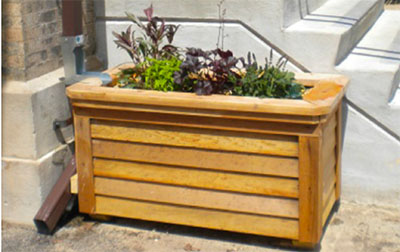
Stormwater Planters
Stormwater planters take runoff from gutter downspouts and direct it to a planter box. The plants will use some of this water, and the soil media will help to filter pollutants. They are easy to maintain and provide a nice visual accent to a home/driveway.
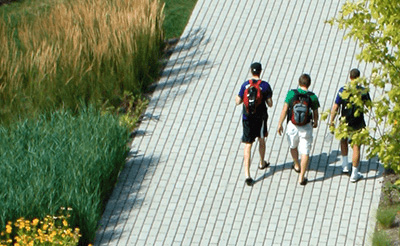
Permeable Pavement
There are several types of permeable pavements that make good alternatives to traditional asphalt and concrete. They all allow water to pass through into lower layers and sink in to the soil. They all have a crushed stone base to allow for drainage, and to provide a firm base for the pavement. Permeable asphalt, permeable concrete, and permeable interlocking paver blocks are all good options.
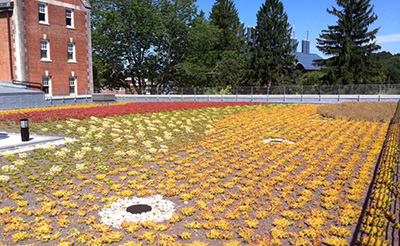
Green Roofs
Green roofs are vegetated roof systems with a thin layer of light soil media. The plants use rain that falls, prevent- ing it from running off into the stormwater system. They come in trays, and are most suitable for larger, commercial flat roofs.
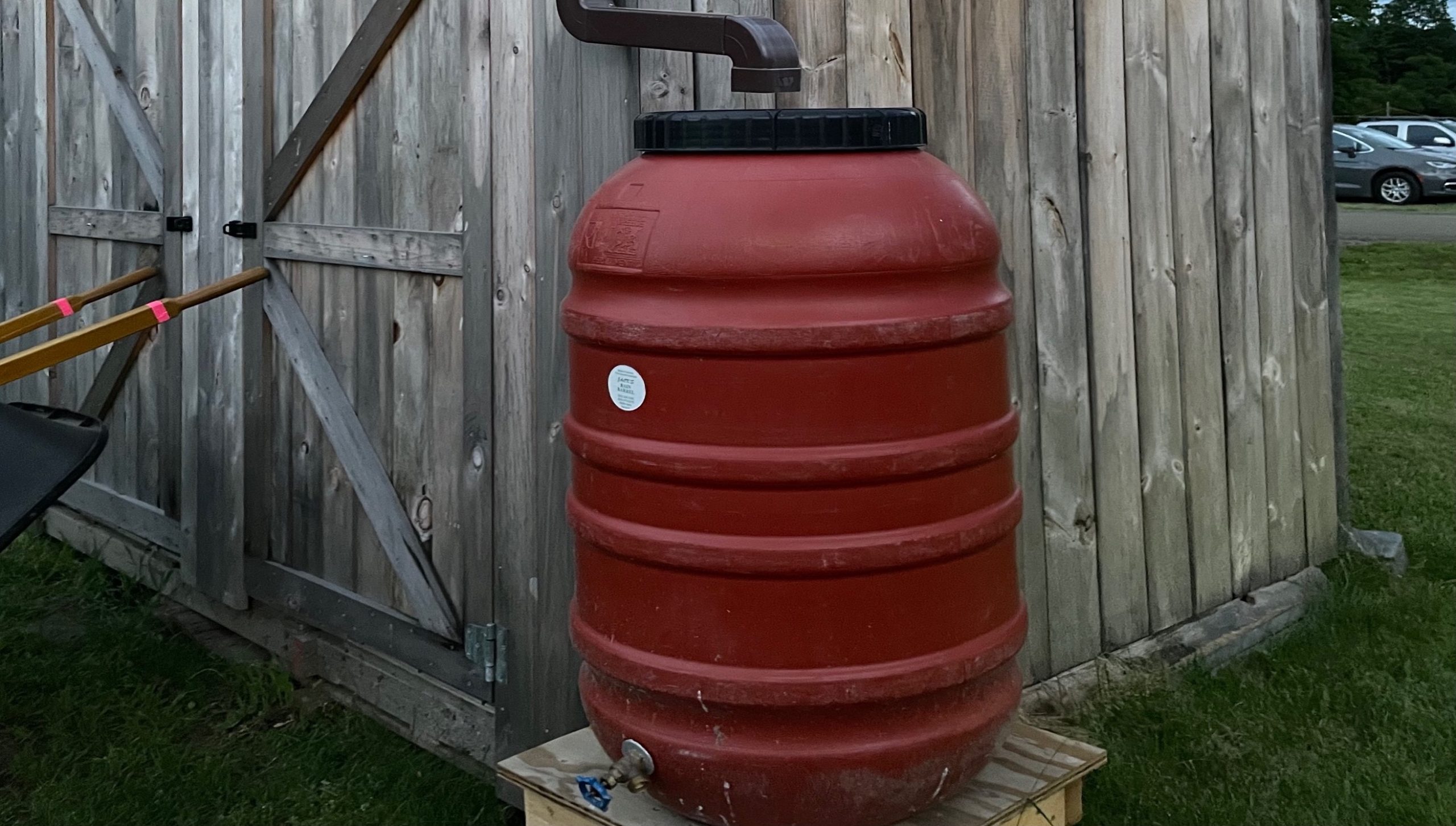
Rain Barrels
Rain barrels collect and hold rain, keeping it from entering storm drains. The collected rain can then be used to water gardens, lawns, or indoor plants. It is a great way to disconnect impervious cover, especially on rooftops, and conserve water. For more information, check out the Connecticut Guide to Rain Barrels.
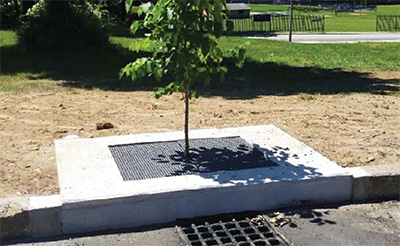
Tree Box Filters
Tree box filters act as mini bioretention systems and are great in urban areas or along streets where space is more limited. Using a precast concrete box, soils and the roots of the tree work to absorb and filter out pollutants of stormwater runoff before it enters into the stormwater sewer system via an under drain pipe.
GSI/LID Projects and Resources
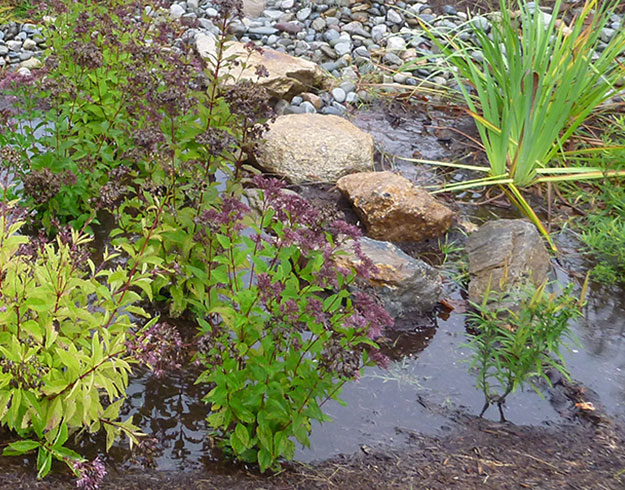
Rain Gardens
Rain gardens are a simple and often inexpensive way for landowners to reduce runoff from their properties. This website has information on every aspect of building a rain garden, including a downloadable smartphone app.
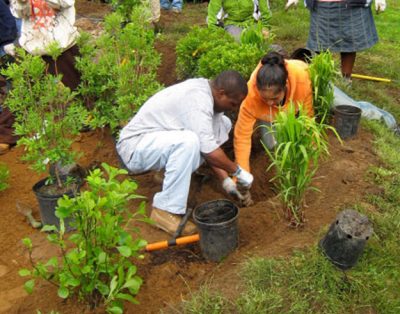
Rain Garden Certificate
This course designed to provide guidance on how to properly site, size, install, and maintain rain gardens. There are 7 modules to be viewed at your own pace, with practice quizzes on the material for each module.
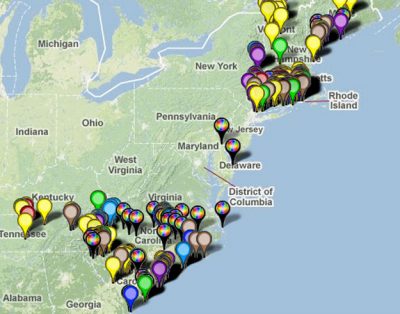
LID Atlas
The National LID Atlas was created to highlight innovative LID practices around the country. Its goal is to encourage and educate local officials and others about low impact development practices by providing specific, local examples of their use.
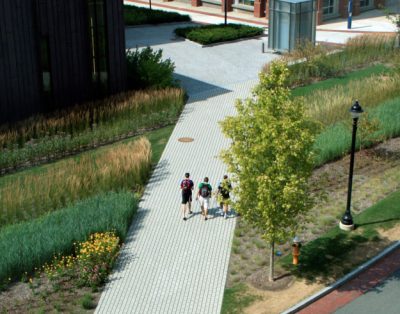
State of LID Storymap
This story map presents the findings of a review of 95 Connecticut Municipalities' Low Impact Development Policies (LID), included in plans of conservation and development, zoning/subdivision regulations, and stormwater/LID design manuals.
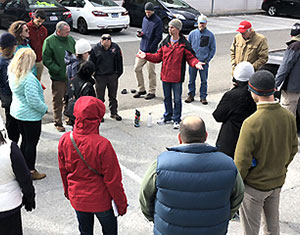
UConn Campus Green Infrastructure Tour
A virtual tour of some of the green infrastructure practices being utilized on the University of Connecticut's Campus in Storrs, CT.
